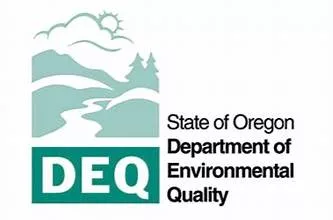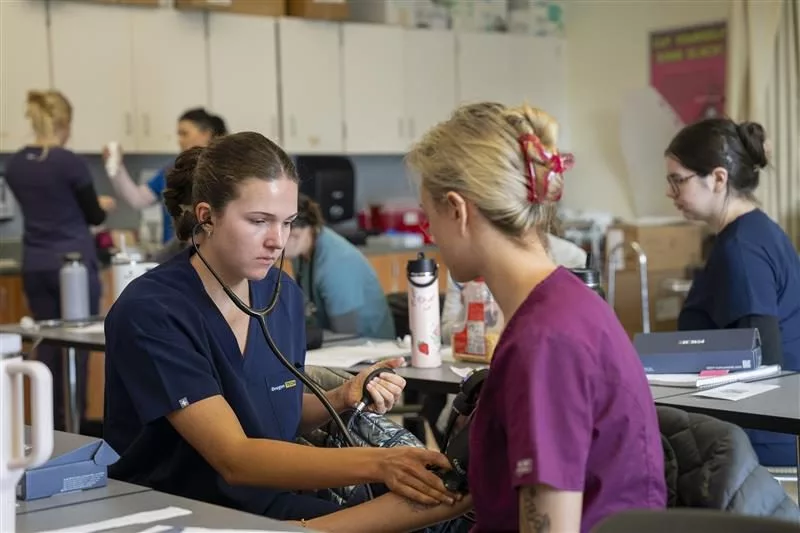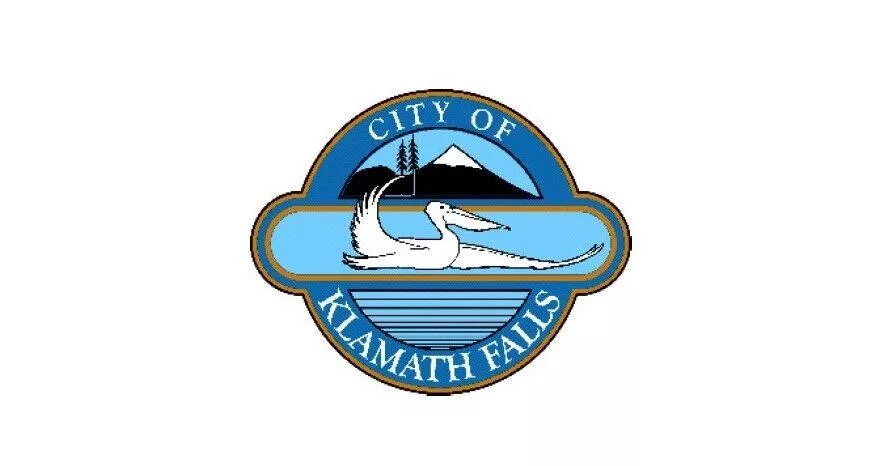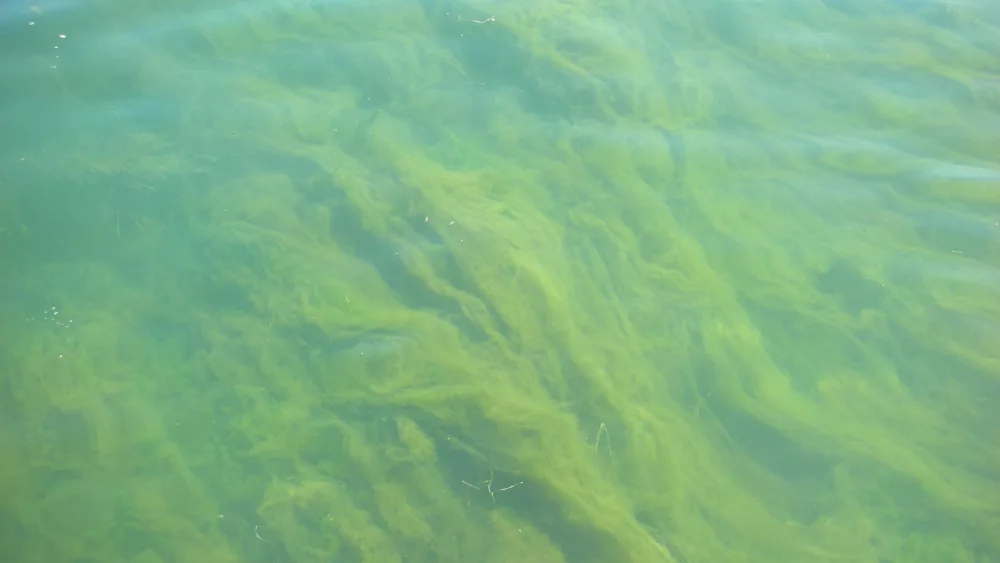The Oregon Department of Environmental Quality issued an air quality advisory Friday for the following areas due to smoke from fires in Oregon and Northern California:
- Southern Klamath County
- Southern Lake County
- Northern Malheur County
- Northern Harney County
- Central Wasco County (Maupin area)
- Southwestern Sherman County
DEQ expects the air quality advisory to last until at least Monday, July 15. DEQ and partner agencies will continue to monitor smoke in the area.
Smoke levels can change rapidly depending on weather. Check current conditions on the Oregon Smoke Information Blog, DEQ’s Air Quality Index, or by downloading the free OregonAIR app on your smartphone.
Smoke can irritate the eyes and lungs and worsen some medical conditions. People most at risk include infants and young children, people with heart or lung disease, older adults and pregnant people.
Protect yourself and your family when smoke levels are high:
- Stay inside if possible. Keep windows and doors closed. If it’s too hot, run air conditioning on recirculate or consider moving to a cooler location.
- Avoid strenuous outdoor activity.
- Use high-efficiency particulate air (HEPA) filters in indoor ventilation systems or portable air purifiers. Or create your own air purifying filter by following these instructions.
- Be aware of smoke in your area and avoid places with the highest levels.
- When air quality improves to moderate or healthy (yellow or green on the Air Quality Index), open windows and doors to air out homes and businesses.
- If you have a breathing plan for a medical condition, be sure to follow it and keep any needed medications refilled.
Cloth, dust and surgical masks don’t protect from the harmful particles in smoke. N95 or P100 respirators approved by NIOSH may offer protection, but they must be properly selected and worn. Select a NIOSH-approved respirator with a N, R or P alongside the number 95, 99 or 100. Learn how to put on and use a respirator. Respirators won’t work for children as they don’t come in children’s sizes. People with heart or lung conditions should consult their health care provider before wearing a respirator.
Additional resources:
- Find a cleaner air space in your area: Visit 211.org and search for “Wildfire Related Clean Air Shelters.” Or call 211 any time or day.
- Learn more about protecting your health during wildfires





